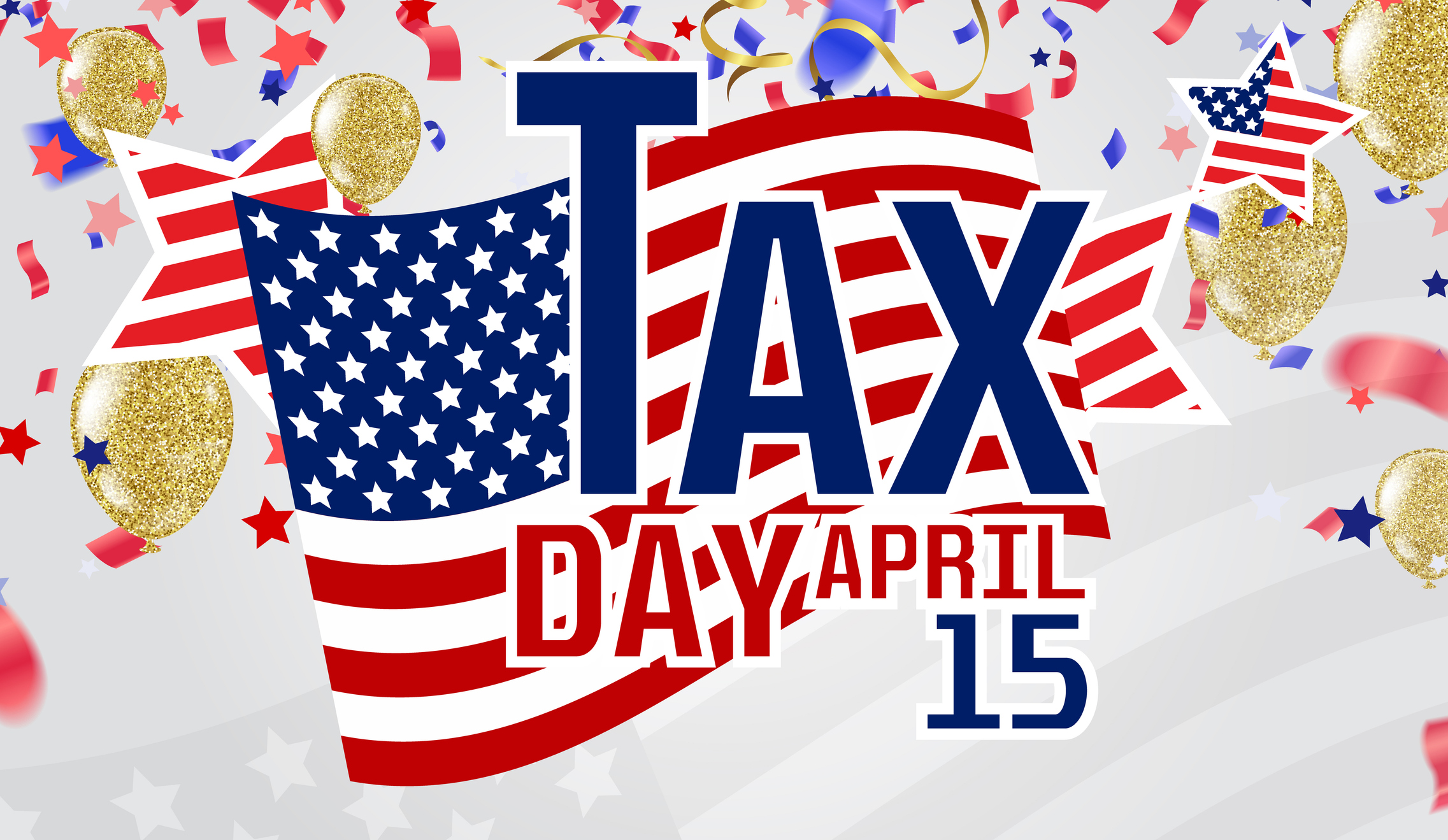How a Scholarship Affects Your 529 College-Savings Account
You can withdraw up to the amount of a scholarship from your 529 account without paying a penalty on the earnings, even if you don’t use the money for eligible college costs.


Question: We just found out that my daughter is getting a scholarship that will cover a lot of her college costs, so it looks as if we won’t need as much money from her 529 as we were expecting. Can we withdraw money from the 529 for other reasons without penalty?
Answer: That’s great news about the scholarship! You generally have to pay a 10% penalty on the earnings portion of 529 withdrawals that are not used for eligible college costs. But you can withdraw up to the amount of the scholarship without having to pay the penalty. There is no clear guidance from the IRS about the timing of the withdrawal, so Brian Boswell of Savingforcollege.com generally recommends taking the withdrawal in the year you receive the scholarship to avoid potential problems later.
You’ll still have to pay taxes on the earnings withdrawn if they aren’t used for eligible education expenses. When you withdraw money from a 529, earnings and contributions are withdrawn proportionately. See the “qualified tuition program” section of IRS Publication 970, Tax Benefits for Education, for more information.
From just $107.88 $24.99 for Kiplinger Personal Finance
Become a smarter, better informed investor. Subscribe from just $107.88 $24.99, plus get up to 4 Special Issues

Sign up for Kiplinger’s Free Newsletters
Profit and prosper with the best of expert advice on investing, taxes, retirement, personal finance and more - straight to your e-mail.
Profit and prosper with the best of expert advice - straight to your e-mail.
Your daughter may still have plenty of expenses eligible for withdrawals that are both penalty-free and tax-free. You can use 529 money tax-free for tuition, fees, required books, supplies, and room and board. As long as she’s attending college at least half-time, you can even tap the 529 tax-free for the cost of an off-campus apartment and groceries, up to the amount the college specifies as the room and board figure in its cost of attendance for federal financial aid purposes (the cost is usually listed on the college’s Web site, or ask the financial aid office). Keep receipts with your tax records. The cost of a computer, printer, related equipment and internet access also counts if used primarily by the student. See New Rules for Tax-Free Spending From Your 529 College-Savings Plan for more information.
Also, if you think your daughter might go to graduate school, you can leave the money in the account until she has to pay those bills (there’s no age limit for using 529 money). Or you can transfer the balance to another eligible family member -- her siblings, first cousins, nieces or nephews, her own children, or even her parents – who can use it tax-free for eligible college costs. See How to Transfer Money Between 529 College-Savings Accounts for more information.
Profit and prosper with the best of Kiplinger's advice on investing, taxes, retirement, personal finance and much more. Delivered daily. Enter your email in the box and click Sign Me Up.

As the "Ask Kim" columnist for Kiplinger's Personal Finance, Lankford receives hundreds of personal finance questions from readers every month. She is the author of Rescue Your Financial Life (McGraw-Hill, 2003), The Insurance Maze: How You Can Save Money on Insurance -- and Still Get the Coverage You Need (Kaplan, 2006), Kiplinger's Ask Kim for Money Smart Solutions (Kaplan, 2007) and The Kiplinger/BBB Personal Finance Guide for Military Families. She is frequently featured as a financial expert on television and radio, including NBC's Today Show, CNN, CNBC and National Public Radio.
-
 Law Reversal Looming? Trump Eyes 2026 Gambling Winnings Tax Change
Law Reversal Looming? Trump Eyes 2026 Gambling Winnings Tax ChangeTax Deductions It's no secret that the IRS is coming after your gambling winnings in 2026. But how long will that last?
-
 Trump's Plan to Eliminate Income Tax: 7 Things to Know Now
Trump's Plan to Eliminate Income Tax: 7 Things to Know NowTax Policy The potential consequences of eliminating taxes in favor of Trump tariffs could impact everything from inflation to Social Security and might give some U.S. taxpayers pause.
-
 The Delayed November Jobs Report Is Out. Here's What It Means for the Fed and Rate Cuts
The Delayed November Jobs Report Is Out. Here's What It Means for the Fed and Rate CutsThe November jobs report came in higher than expected, although it still shows plenty of signs of weakness in the labor market.
-
 The 'Scrooge' Strategy: How to Turn Your Old Junk Into a Tax Deduction
The 'Scrooge' Strategy: How to Turn Your Old Junk Into a Tax DeductionTax Deductions We break down the IRS rules for non-cash charitable contributions. Plus, here's a handy checklist before you donate to charity this year.
-
 New Ways to Use 529 Plans
New Ways to Use 529 PlansTax-free withdrawals from 529 plans could help you sharpen your job skills.
-
 I Want to Help Pay for My Grandkids' College. Should I Make a Lump-Sum 529 Plan Contribution or Spread Funds out Through the Years?
I Want to Help Pay for My Grandkids' College. Should I Make a Lump-Sum 529 Plan Contribution or Spread Funds out Through the Years?We asked a college savings professional and a financial planning expert for their advice.
-
 Tax Day 2025: Don’t Miss These Freebies, Food Deals and Discounts
Tax Day 2025: Don’t Miss These Freebies, Food Deals and DiscountsTax Day You can score some sweet deals on April 15 in some select restaurants like Burger King, Shake Shack, and more.
-
 How Intrafamily Loans Can Bridge the Education Funding Gap
How Intrafamily Loans Can Bridge the Education Funding GapTo avoid triggering federal gift taxes, a family member can lend a student money for education at IRS-set interest rates. Here's what to keep in mind.
-
 How an Irrevocable Trust Could Pay for Education
How an Irrevocable Trust Could Pay for EducationAn education trust can be set up for one person or multiple people, and the trust maker decides how the money should be used and at what age.
-
 UTMA: A Flexible Alternative for Education Expenses and More
UTMA: A Flexible Alternative for Education Expenses and MoreThis custodial account can be used to pay for anything once the beneficiary is considered an adult in their state. There are some considerations, though.
-
 Coverdell Education Savings Accounts: A Deep Dive
Coverdell Education Savings Accounts: A Deep DiveWhile there are some limitations on income and contributions, as well as other restrictions, a Coverdell can be a bit more flexible than a 529 plan.